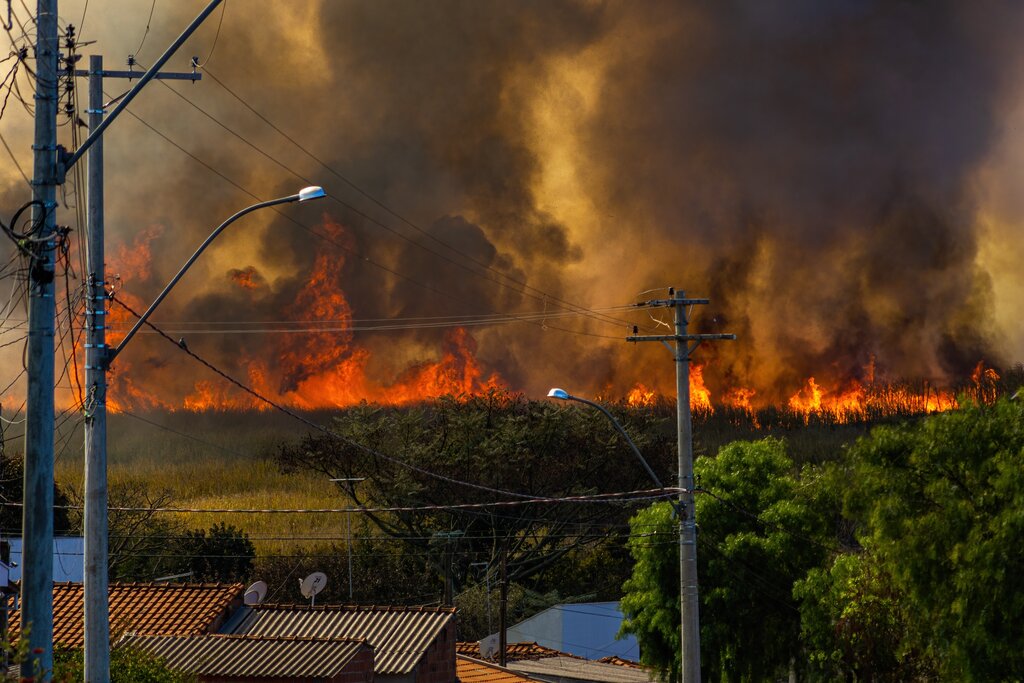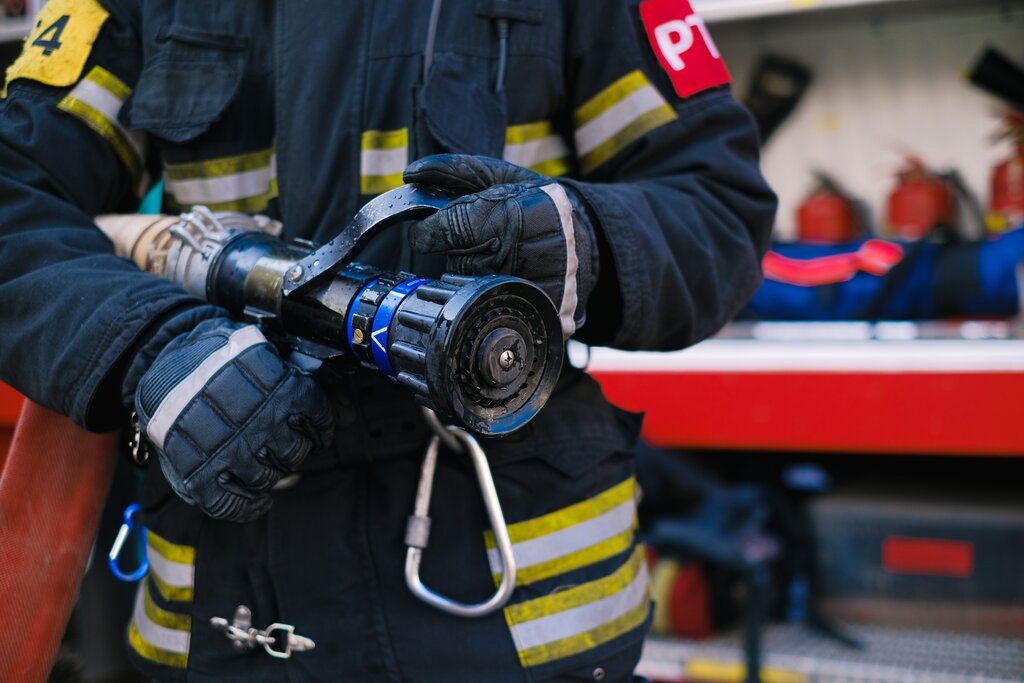Jetpack Technology Accesses
Hard-to-Reach Fires
The hero is whisked to the scene of the explosion on the back of a jet ski. He then rises handily into the air, armed with the weapons needed to obliterate the villain.
While it may sound like the scene from a James Bond movie, it’s actually a demonstration of the latest firefighting technology. And it’s happening in Dubai.
History of Amazing
The global firefighting community has a history of employing various, amazing techniques in its battle to protect and rescue us from natural and man-made fires. From hotshots and smoke jumpers to pilots dousing swathes of land with fire-retardant, these heroes routinely take on the worst of our fiery problems.
In large coastal cities like Dubai, however, the heavy traffic was presenting a huge problem to first responders. Firefighters needed a way to quickly access fires on boats and bridges, and in shoreline buildings (even those with internal and external sprinkler systems). The solution they’ve chosen is called “the Dolphin.”
“Dubai is one of the fastest growing future cities in the world; with its modern skyscrapers and vast infrastructure it has always been a world leader in adapting new technology to improve and save people’s lives.” — Dubai’s Director-General of Civil Defence
The Dolphin is a water-powered jetpack that enables a firefighter to soar high above a coastal fire. Once in position, he’s able to quickly and efficiently extinguish the blaze with a hose that can dump hundreds of gallons of sea water in a matter of minutes.
The Dolphin is the creation of Martin Aircraft Company, based in New Zealand. The company has a history of doing business with Dubai. In fact…
On the Cutting Edge
This isn’t Dubai’s first venture into jetpack firefighting technology.
In 2015, the city moved to protect its forest of skyscrapers (including the world’s tallest) by ordering 20 Martin Jetpacks for its firefighters. The incredible machines each have a 200-horsepower fan-driven engine, and can attain a speed of 45 mph and an altitude of 3,000 feet.
These jetpacks allow Dubai’s firefighters to access areas even helicopters can’t reach. And they can even be piloted remotely.
According to a statement made by Martin Aircraft, “The jetpack can take off and land vertically (VTOL) and because of its small dimensions, can operate in confined spaces such as close to or between buildings, near trees or in confined areas that other VTOL aircraft such as helicopters cannot access.”
The city also purchased two simulators for training purposes.
Dubai’s Director-General of Civil Defence stated that “Dubai is one of the fastest growing future cities in the world; with its modern skyscrapers and vast infrastructure it has always been a world leader in adapting new technology to improve and save people’s lives.”
–Article Continues Below–

Ups and Downs
The Martin Jetpack is a result of 30 years of research. But it hasn’t always been smooth sailing. Glen Martin developed the concept in his garage in 1981. The first prototype was finally unveiled at the Experimental Aircraft Association’s 2008 AirVenture in Oshkosh, Wisconsin.
That initial demonstration was viewed as a huge disappointment to most. The craft was only able to hover a few feet above the ground.
Critics argued that he would never get much higher than that. Martin proved them wrong.
After a series of design improvements, a test flight in May 2011 soared 5,000 feet into the New Zealand sky. Had the machine been holding a live person instead of a 150-pound dummy, it would have smashed the record for the longest and highest jetpack flight ever.
In December of 2015, the first manned public demonstration of the Martin Jetpack was held in the Chinese coastal city of Shenzhen. Check it out:
Since that time, design improvements have continued. The latest prototype, dubbed P12, is specifically geared toward first responders. It’s lighter than previous models and offers improved maneuverability.
But these latest changes have been made without the help of Glen Martin. He unexpectedly resigned from Martin Aircraft in June 2015, citing that the company had moved away from his original vision. His parting words to the Board of Directors: “Don’t muck it up.” (Or something to that effect.)
Sources
Featured Image: Creative Commons Photo by Seg9585





